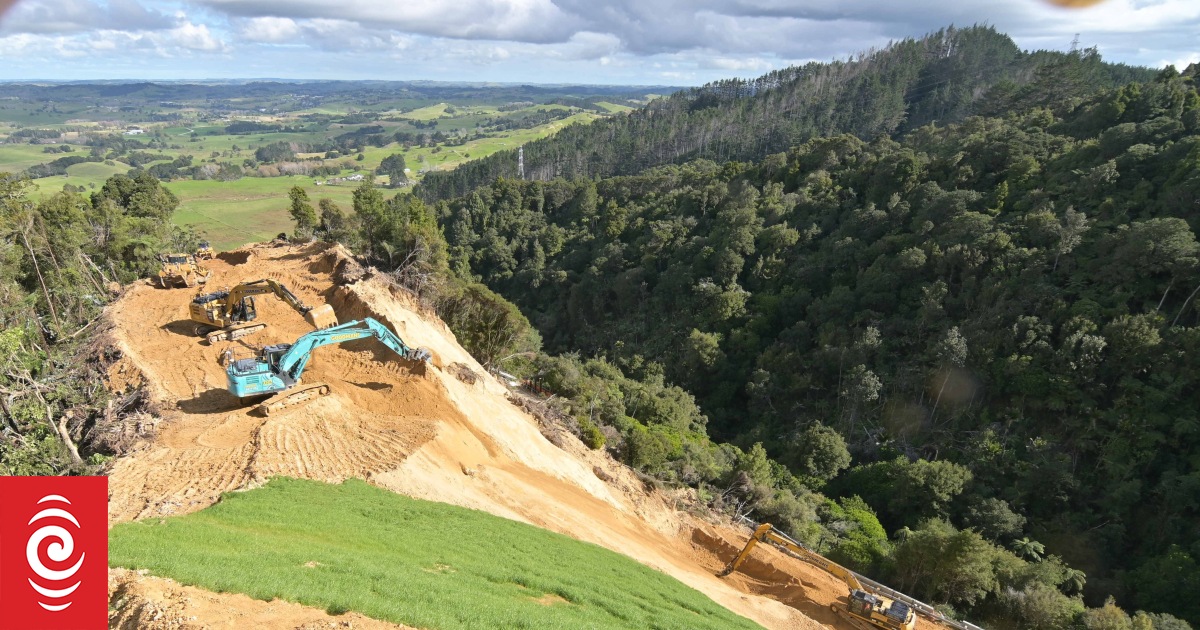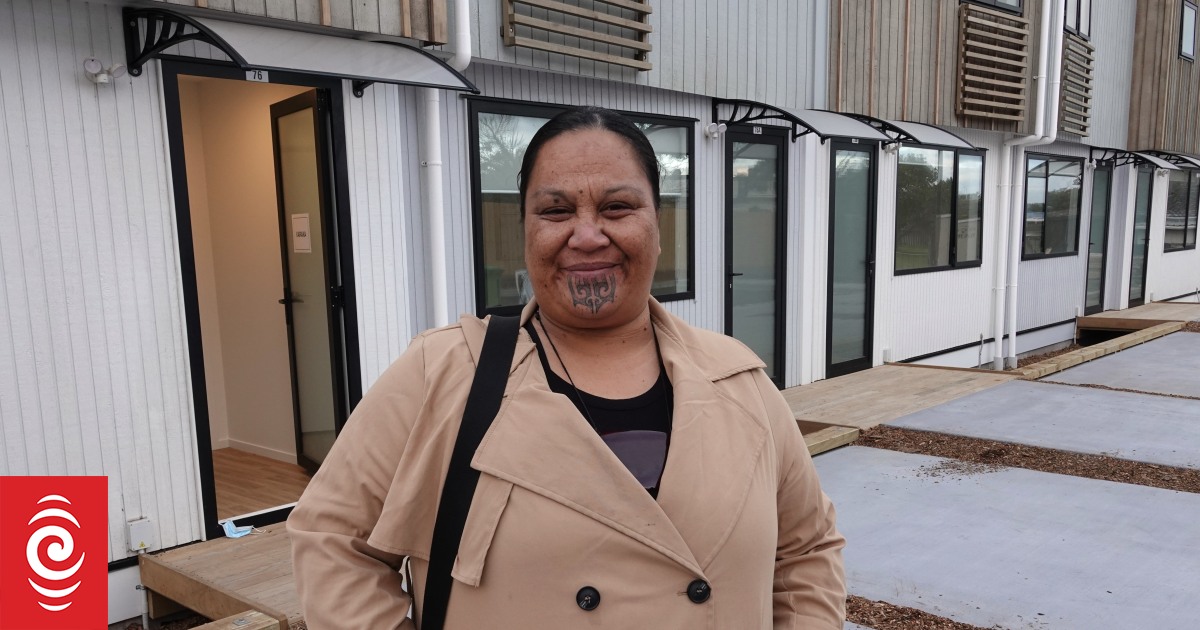Kauri are some of New Zealand’s most important taonga – both ecologically and culturally. But the trees are being killed by incurable kauri dieback disease – caused by a pathogen called Phytophthora agathidicida – and the fight to save them has been slow and convoluted. Stuff senior journalist Denise Piper and visual journalist Jason Dorday investigate what is happening to save kauri while they still stand.
Edward Ashby does not mince words when talking about kauri dieback, particularly in Auckland’s Waitākere Ranges, the rohe of his iwi, Te Kawerau ā Maki.
“The worst case scenario is, of course, that we lose kauri – that they go extinct, which is what we’re potentially facing if we don’t act.
“For Te Kawerau ā Maki, if the kauri goes extinct, our forests as we know it will die and our wellbeing as an iwi is directly tied to that, so we also lose as a people.
READ MORE:
* World’s first kauri dieback sniffer dogs are barking up the right trees
* Kauri dieback: More tracks in Waitākere Ranges to reopen following 2018 rāhui
* Iwi ban on entering Auckland park has support and detractors
“The worst case scenario is the death of this treasure, the death of these forests and, in a way, the death of our people.”
Kauri’s importance is reflected across Aotearoa – where they grow exclusively – from Māori culture revering the trees as rākau rangitira (tree chief), to an international icon for New Zealand.
Jason Dorday/Stuff
Tāne Mahuta in Northland’s Waipoua Forest is New Zealand’s largest kauri tree.
The straight and knotless trunks of kauri have been valued for everything from ancient waka building, to colonial mast and house building – so much so that more than 95% were harvested.
One of the largest and longest-lived tree species in the world, remaining kauri are now vital for carbon sequestration and provide an important habitat for other plants and fungi, including 17 species which live exclusively within its ecosystem, and will die as kauri die.
Kauri dieback, Phytophthora agathidicida or PA, was first noticed in kauri trees in Great Barrier Island in 1972, but the fungus-like pathogen was only recognised as a unique phytophthora in 2006 and named in 2015.
Jason Dorday/Stuff
Phytophthora agathidicida, or PA, effectively starves kauri tress, causing yellowing leaves, followed by bare branches and eventually death.
Delay in recognising the pathogen, and then taking action to protect kauri, undoubtedly led to its spread, with kauri dieback now found across virtually all of kauri lands, an area from Kawhia north.
There is no known cure for kauri disease at this time, and PA can be spread by just a pinhead of soil, killing most – if not all – of the kauri it infects.
There is still so much that is not known, including how many kauri trees there are in New Zealand, what percentage are infected by PA, where exactly the pathogen is present and how long it might take to kill an infected tree.
But the research so far is “quite alarming”, according to Auckland University PhD candidate Toby Elliott, who is researching if kauri will survive the threat of PA.
Jason Dorday/Stuff
Edward Ashby says Te Kawerau ā Maki decided to take a stand against kauri dieback, placing a rāhui over the popular Waitākere Ranges in December 2017.
In a diseased site at Huia, nearly 14% of trees died within six years, compared with less than 1% in a site without symptoms, according to his early research presented to this year’s Kaurilands Summit in May.
The data will need to be modelled and extrapolated out, given kauri live for an average of 600 years and up to 2000 years, or “500 times the length of the average PhD research”, Elliott said.
Auckland Council’s latest Kauri Health Monitoring Survey, released June 30, showed while 16.5% of kauri trees in the Waitākere Ranges had symptoms consistent with kauri dieback, the heart of the ranges was free of disease.
Te Kawerau ā Maki read “report after report” saying the kauri were dying from kauri dieback, but failed to see any leadership to turn infection rates around, Ashby said.
Anyone can do their bit to stop kauri dieback.
In December 2017, the iwi made a stand, laying a rāhui or ritual prohibition in Te Wao Nui ā Tiriwa (Waitākere forest).
“Our obligation as kaitiaki is to look after this place,” Ashby told Stuff as he looked out over the ranges, his words mixed with birdsong.
“To my knowledge, this was the largest rāhui in living memory; it was not just over public land but wherever the forest is.”
Following the rāhui, the Government announced a National Pest Management Plan for PA, the strongest biosecurity tool possible, and it will soon be implemented.
Auckland Council also closed its high-risk tracks – including in the Waitākere Ranges – and committed $107 million to fighting kauri dieback.
Ashby believes kauri are important for all Kiwis, including those not living within kauri lands.
While kauri are an iconic symbol of Aotearoa, they are also a canary in the coal mine for how this country treats its threatened endemic species, he said.
“Kauri dieback is indicative of broader things happening. We’ll spend $1 billion on a new motorway and it’s nationally important infrastructure, but we’ll only spend $1 million towards a forest providing a carbon sink and producing the air we use to breathe,” Ashby said.
“Kauri will be here long after our state highways – long after our cultures, actually – give them the respect and reverence and national importance that they deserve.”
This series was produced with funding from Bruce Jesson Foundation.




